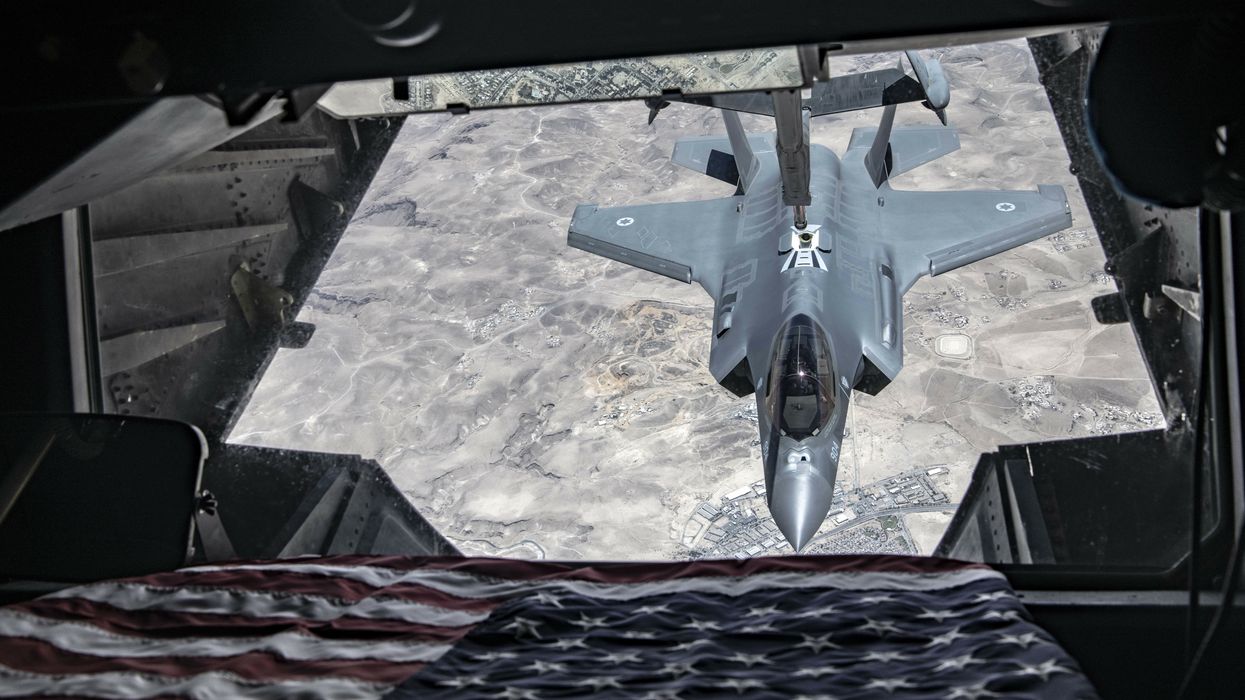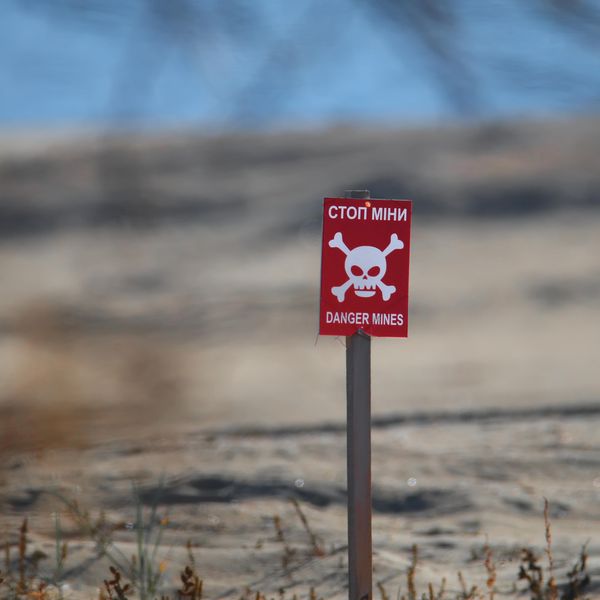The Washington Post reported on Tuesday that the Biden administration was preparing to submit a package to Congress requesting another $100 billion for the ongoing war in Ukraine, the new war in Israel, and a potential future war in the Indo-Pacific.
Left out of the article was any assessment of what the money for Ukraine would be used for or what attainable objective it would intend to secure.
The reason is pretty clear: the government has no plan and doesn’t know what it wants to achieve.
The U.S. House is in turmoil and has been without a Speaker for more than two weeks now, a situation that was in part brought on because some in the Republican conference were adamantly opposed to providing additional funds in the budget for Ukraine and took it out on Rep. Kevin McCarthy (R-Calif.) by voting to vacate his position as Speaker.
With so much attention foisted on the political chaos in Washington and the explosive situation in Israel, some might be distracted from conducting the reasonable due diligence necessary to determine whether it makes sense to give more money to Ukraine. That would be a mistake. It doesn’t take much analysis to realize it would be foolish to send more money and weapons without a strategy for ending the war, starting with a diplomatic strategy to match the massive amount of guns, missiles, and tanks we are already sending there.
In October and November of last year the Ukrainian Armed Forces (UAF) were flush with confidence after handing the Russian invaders two major tactical defeats: one in Kherson city and one in the Kharkiv province. The UAF recaptured an astounding 6,000 square kilometers of territory in less than two months. The money that had already been flowing from Washington to Kyiv since the start of the war was huge. It would get bigger.
By December 2022, the U.S. Congress had approved $113 billion in total economic and military aid to Ukraine. In early January, encouraged by Kyiv’s success on the battlefield, the regular 2023 weapons tranches began, including this $3 billion announcement of Bradley Infantry Fighting Vehicles, self-propelled howitzers, MRAPs and other armed personnel carriers, GMLRS rockets, surface-to-air missiles, anti-vehicle landmines, ammunition, and other items from DOD inventories.
Along with subsequent commitments by other NATO militaries of Challenger 2 tanks, Leopard 2 tanks, light French tanks, and hundreds of other armored vehicles, many Western military experts claimed Ukraine could launch a summer offensive that could drive to the Azov coast, cut the Russian defenders in half, and might cause the collapse of the Russian army. “The Russian military,” crowed Sen. Lindsey Graham, “is about to have holy hell unleashed upon them!” Expectation management might have been a better track.
As it turned out, the Ukrainian offensive has not achieved Kyiv’s stated goals. It did not reach the Azov coast. It did not reach the intermediate objective of Tokmak. In fact, it reached the first line of Russia’s main line of defense after almost three months, and in the time since, has not been able to push further. The cost to Ukraine in men, material, and ammunition was staggering, yet produced almost nothing on the ground. The absence of success, however, hasn’t deterred many in the United States who want to simply continue pouring money, ammunition, and weapons into Ukraine.
While the administration has been quick to announce the size of aid packages it seeks from Congress, there has been precious little in terms regarding the purpose of that money. Saying we will defend Ukraine “for as long as it takes” is not a strategy and it cannot be measured, assessed, or even defined. The president owes the American people a specific outcome he seeks to produce with our money. Without that information, we have no way of knowing whether our investment is well spent — or a colossal waste of money.
If Ukraine was unable to break the Russian defensive lines after four full months of effort, after six full months of preparation, after receiving over $46 billion in military backing, and considerable training and intelligence support, by what logic can supporters of additional aid argue that giving another multi-billion dollar package will succeed where all previous efforts have failed? There is none.
There is no likely path to a Ukrainian military victory, regardless of how much money Congress allocates, how many tanks we provide, or how many artillery shells we produce. It is time to acknowledge this obvious on-the-ground truth and seek out other pathways forward.
- Wait, how much Ukraine aid money does the US have left? ›
- Most Americans don't want Congress to approve more aid for Ukraine war ›
















